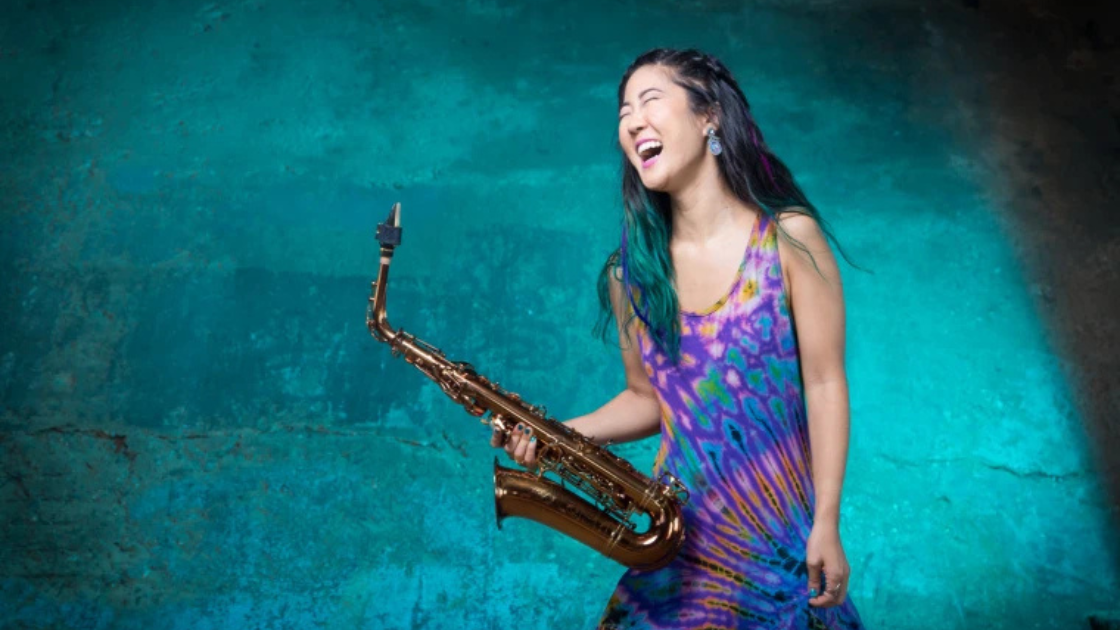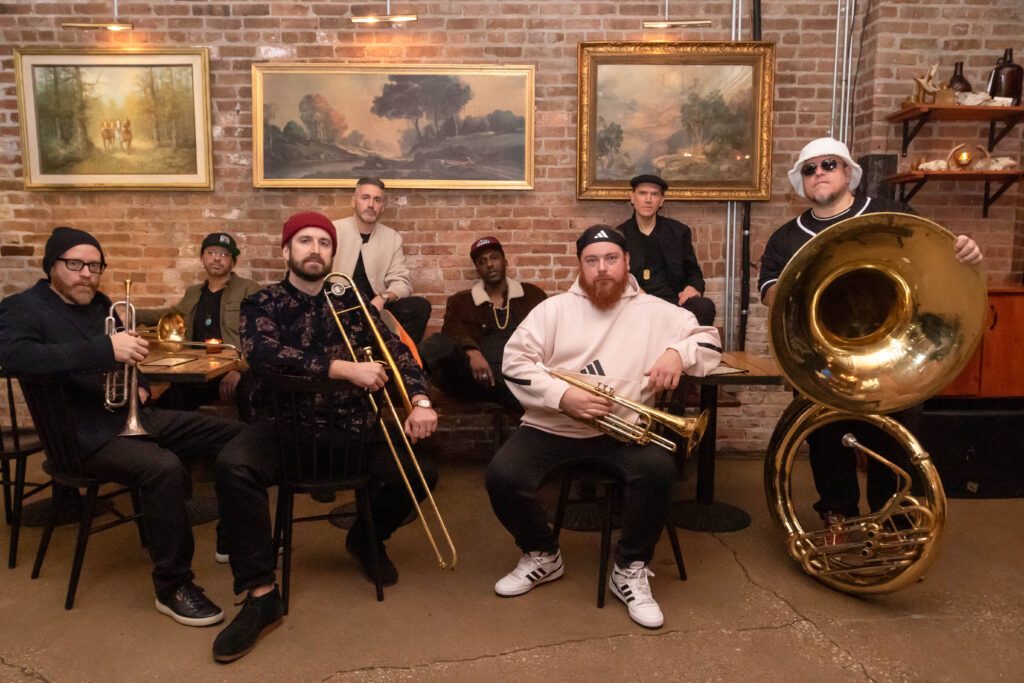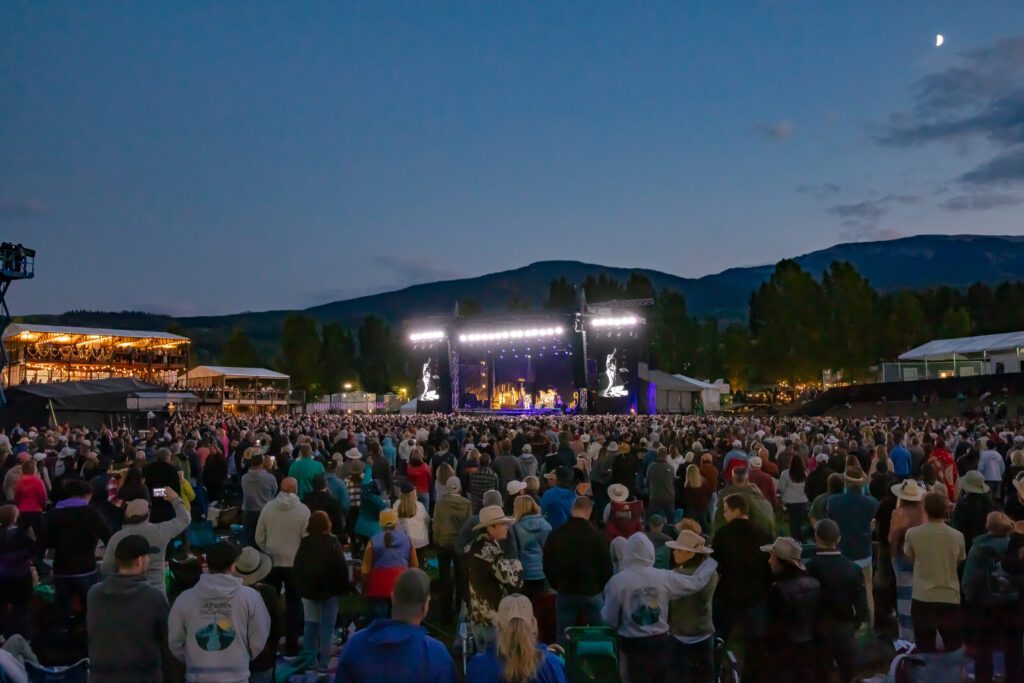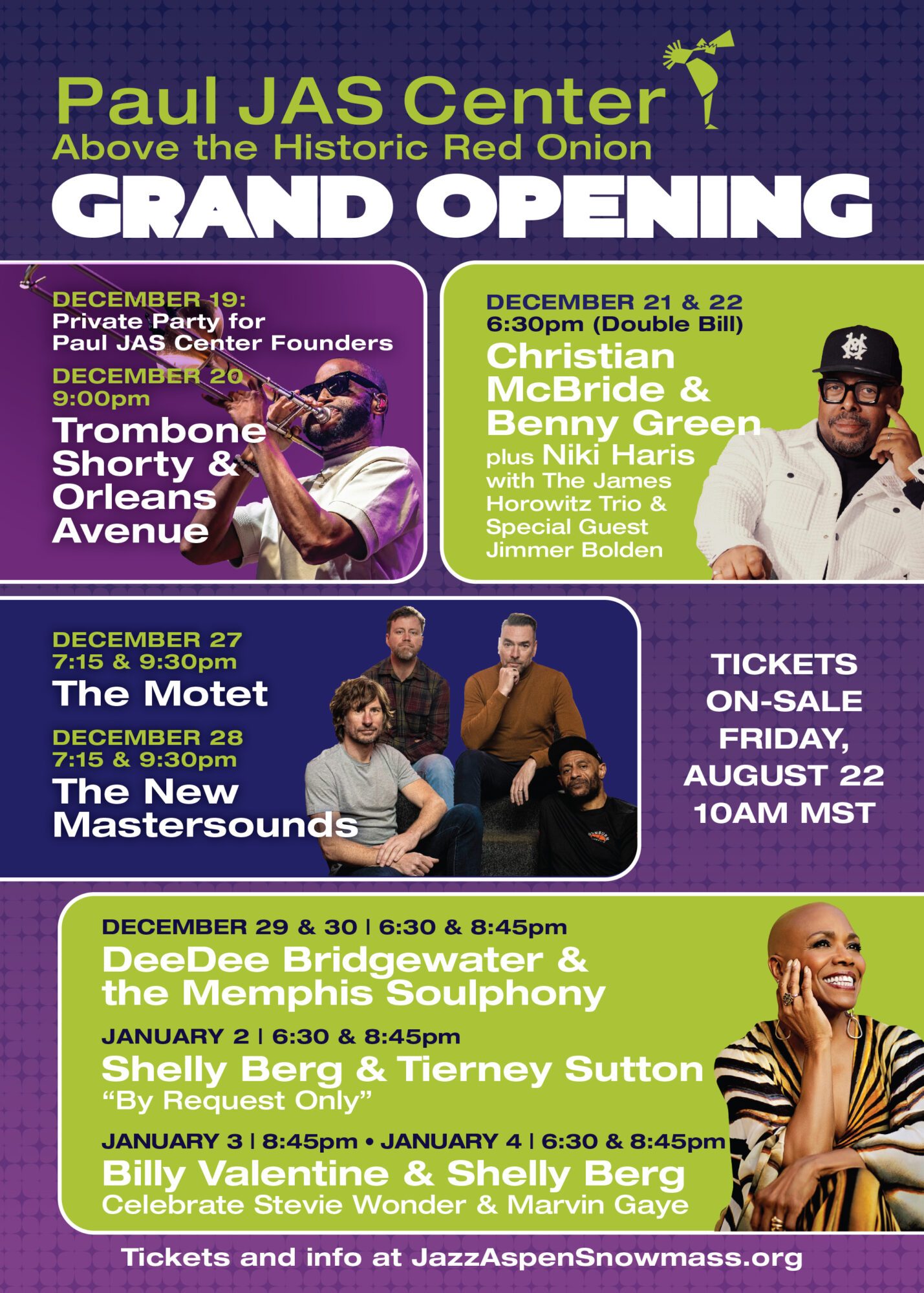Grace Kelly is taking the jazz world by storm with her “electric charisma on-stage that instantly ignites the room,” says band leader Jon Batiste. As we get set to welcome Kelly to the JAS Cafe stage for her first ever Aspen appearance, we wanted to take a look back at the influence other women like Kelly have made to the world of jazz.
(Excerpt from NPR Women in Jazz produced by Margaret Howze)
The contributions of women to the jazz landscape are far-reaching, from the blues, folk music, and the Great American Songbook, through the swing and bebop eras, and beyond. Women have been involved with jazz since its inception, but all too often their achievements are not as well-known as those of their male counterparts. Of course we have Billie, Ella, and Sarah, but there are so many more – singers, instrumentalists and composers – that have made a worth pantheon.
When we think of women in jazz, we automatically think of singers, but there have been a number of female instrumentalists dating all the way back to the early 1920s. In the 20s and ’30s, there were a growing number of women jazz pianists — Sweet Emma Barrett, Billie Pierce, Jeanette Kimball, and Lovie Austin among them. The most famous to emerge from that era was the legendary Mary Lou Williams. Her talent was so strong, she was embraced by the jazz establishment as “one of the guys” and her harmonic and melodic abilities were so advanced, she had a marked influence on many of the early bebop giants, including Dizzy Gillespie and Thelonious Monk. But Mary Lou Williams’ acceptance as a female jazz instrumentalist was unfortunately an exception to the rule.
During the later years of World War II, when many male jazz musicians had been drafted into the military, a number of all-women jazz bands began to become popular. Women gradually began to be hired in many of the big bands, including those led by Woody Herman and Gerald Wilson. Once WWII ended though, most women instrumentalists were let go as GI jazz musicians returned to reclaim their jobs. The few women who remained in the mostly male bands often faced harsh criticism and sexual harassment from their bandmates.
Nearly a century after the birth of jazz and the rise of the women’s rights movement, female jazz artists are still likely to get skeptical looks if they’re playing instruments like the saxophone, the trumpet, or the drums.
Legendary trombonist Melba Liston, who played with pianist Randy Weston and Dizzy Gillespie, withstood misogynistic attitudes from men throughout most of career, despite her top-notch playing and arranging skills. In addition to Weston and Gillespie, Liston played with other greats like Dexter Gordon and Count Basie, and composed or arranged songs for everyone from Quincy Jones to Motown Records. But the sad fact remains: she’s virtually unknown to a wider public.
The question whether gender influences how musicians approach instruments like the drums, trumpet, and saxophone is the subject of on-going debate in the jazz community. Historically, many female jazz artists subdued their playing, because it wasn’t considered ladylike for them to play with a more boisterous and aggressive sound. On the other hand, musicologist Ingrid Monson notes that often this inherent subtlety is better suited to a particular piece of music.
With an increasing number of formal jazz schools like Berklee College of Music and the New School in Manhattan, opportunities for female jazz artists are on the rise. The schools show increased enrollments from women in jazz studies, proving once again that jazz is no longer “the boy’s club.”






